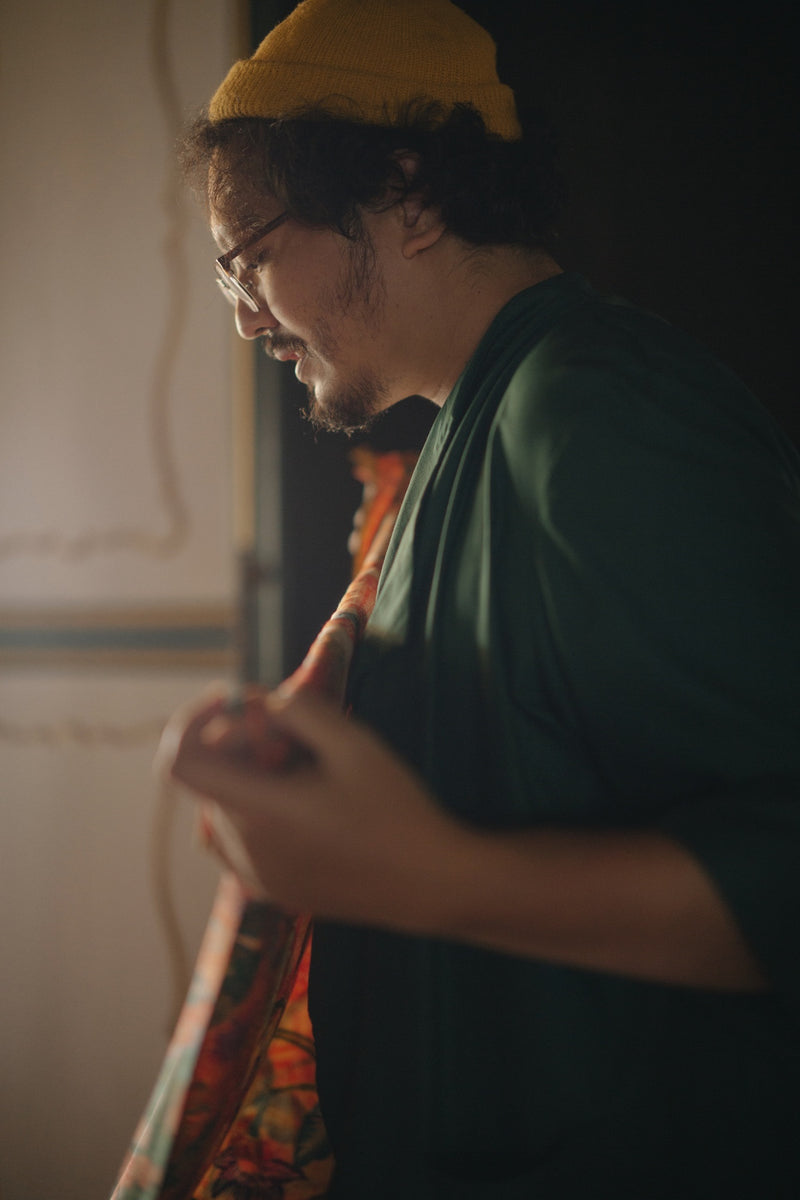Through Pithe Meets, we’ve met and talked to people that share the same vision with us. Recently, we talked to Rumi Siddharta, a lecturer and a life-long learner whose love of stories and cultures of around the world runs deep.
Rumi also shares his knowledge on an online class called Kelas OmRum that attracts many young people to engage in conversation about Indonesian culture – as broad, diverse, and deep as it is. Read our conversation with Rumi below.
What was the beginning of your exploration for history and the culture of Indonesia?
I’m not sure when, but it was not just about Indonesia in the first place. I’ve always loved history and cultures from around the world, I guess. I’ve always been in awe of how it affects the daily life of the people. When I was in first grade, the first book I asked my mom about was Sejarah Mesir Kuna, a book about Ancient Egypt. Then, there was a snack brand called Canasta. It has a bonus like tazos with pictures of various cultures; from Mexico to India. Then, if you went to any store, you could collect maps of all of these places and tuck the tazos into these maps! I think I just always love cultures from all around the world and how it affects every aspect of daily life.


What is budaya Nusantara to you?
Budaya Nusantara is budaya rojak according to Melayu. It’s budaya creole; campur-campur. You can’t choose to just talk about one thing. Nusantara is a term from Majapahit area to name islands across Java island. So budaya Nusantara is the result of encounters, here in today’s Indonesia, that interact with one another and create a whole new culture.

What could be the first step to get to know, or maybe to love, one’s own culture?
I believe that love has to begin from your own interest. So if you think you’re in love with it, start from books and learn from people. Reading and interacting with people is essential. However, sometimes family situations do not support this as modern families don’t see culture as something important, unless it’s related to religion. I can’t blame them because, especially today, the rituals don’t relate with modern ways of living. For example, the jumping ceremony in Nias, it marks the beginning of adulthood.
Tedak Sinten in Java, the ceremony to celebrate a baby that reaches 7 months old, was seen as something important as back then many babies don’t reach older age because of disease. Now that we have vaccines and other medical advances, Tedak Sinten is not so important anymore. But if you choose to do and continue these rituals, you have to be ready to be occupied with all the details. If you see it as something exotic, then you would only see it as a decoration.


How can fashion help us to understand our own culture?
Fashion is the closest product of a culture that’s the closest in our life. We always decorate ourselves with something specific and along the history of humans, these specific things are always related to religion, social class, social norms, and taboos.

How’s the role of history class in the process of knowing our own story?
History in our education is boring. You can only be fond of history if you can imagine life in the past. Sadly, history is told in black and white by the dominant power, and is simply about memorizing dates and “important” persons – you can’t imagine anything with this information. History has never been told as something enticing about human struggle and hope; something exciting.
Honestly, I find a lot of these stories by reading, watching, and collecting.


Is there any urgency to make traditional culture to be a part of pop culture?
I hate this term, but if someone can express it through the latest way or kekinian as in Indonesian, it will be more than just a part of pop culture. It will be relatable as people can understand the value, meaning, and role of the tradition. What is important is there is someone or some group that shares the knowledge on the value of it through the latest media. Now it’s through social media.


Last one, what makes you happy, Rumi?
Five goods (good books, good food, good friends,good art, and good films) and traveling – near and far.

































